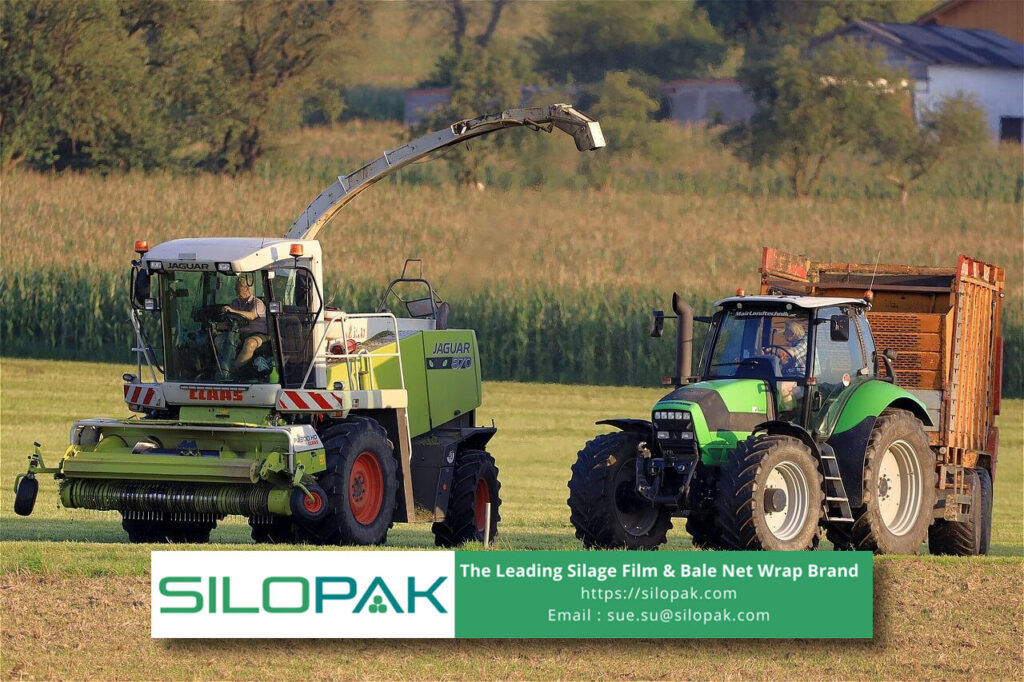
Mowing time is a mandatory activity for breeders, with the right guidelines to produce high-quality silage. Even though this tradition has been carried on from generation to generation, everyone must agree that climate change and technological developments require us to continue to adapt. Guidelines for making fermented feed must be accompanied by careful calculations, up to accurate nutrient measurements, and this all starts with proper grass-cutting practices.
When you agree to strive for maximum results from livestock products, then the availability of feed throughout the year must be guaranteed. The cows must have enough to eat all year round, even when green grass doesn’t appear in the dry season. Mowing Time is a project that must be overseen by all parties who want sufficient and high-quality beef and milk stocks.
contents
Important Facts about Mowing Time
Before checking out the latest guide about Mowing Time and making good fermented feed, let’s complete our insights about Silage grass cutting techniques, as follows:
Early Stages of Making Fermented Feed for Livestock
The mowing time activity does not stand alone but is the initial process of producing quality fermented feed. The time of cutting, the technique used, and the condition of the grass to be cut must be paid close attention to to produce long-lasting, high-nutrition forage, as well as support the health and endurance of livestock.
Savings on Feed and Stock Costs in the Dry Season
The abundant green grass in the rainy season is more than sufficient for livestock needs. Herding livestock to pasture does not necessarily make breeders relax for a moment. Precisely this must be a busy time to collect grass that is stored and preserved by certain methods. When the dry season arrives, Mowing time and subsequent activities will reduce the cost of purchasing feed, thus ensuring the availability of food in the dry season.
Dry Ingredients Composition
Time and technique Mowing time affect the dry matter composition. In the final stage, Silage should ideally not be too wet and not too dry. This can be achieved by setting a harvest or cutting date in mid-May to the end of June each year. It is also important to implement short-term and long-term plans to produce highly nutritious Silage.
Adjust the Amount of Silage with Livestock Needs
Do accurate calculations to find out how much-fermented feed is needed for livestock during a certain period of the dry season. For example, the feed requirement for weaning cows will be much more than for suckling cows. The amount of silage that is too little will make you have to buy expensive animal feed. Conversely, if there are too many, Silage will be wasted, unless you want to immediately distribute it to other breeders who need it.
The Mowing Time Guide to Good Silage Production
Mowing grass for animal feed seems like a very simple activity. This is an important early stage for the success of the fermented feed which will be served around three months to six months later. Here are some important guidelines about mowing time:
- The quality of pasture greatly affects the quality of silage. So you have to care about the sustainability of the meadow and what kind of grass grows. This means you may have to engage in the cultivation of certain grasses or manage farmland where the leftover crop can be used for silage.
- Do not cut too bare because your silage has the potential to be contaminated with bacteria from the soil or the dirty underside of the grass.
- Try to cut during the day when the morning dew on the leaves is dry. But another time that is recommended is the afternoon because at that time the sugar level in the dry matter is at its peak.
- Don’t be late or delay cutting. The way to find out the right mowing time is before the seed heads appear. May and June are the best times when you can potentially get enough silage for the weaning period.
- Make sure not to involve children in the mowing time process. Mowers and tools are very dangerous for small children roaming freely in farmland or pastures.
When you mow the grass in the right direction, it is much easier and more profitable at the next stage, namely compaction of the grass and wrapping using silage film. Make sure to work with credible suppliers in procuring film silage, so you get the best product at the lowest price.
Mowing time is an important initial stage in making silage. Don’t hesitate to consult, even coordinate with experienced breeders around you to ensure the success of making fermented feed.
On the other hand, when you work with the best film silage producers, you can also consult about instructions for making silage using the latest technology. That way, the process of procuring feedstocks for the famine season will take place more quickly and effectively.
